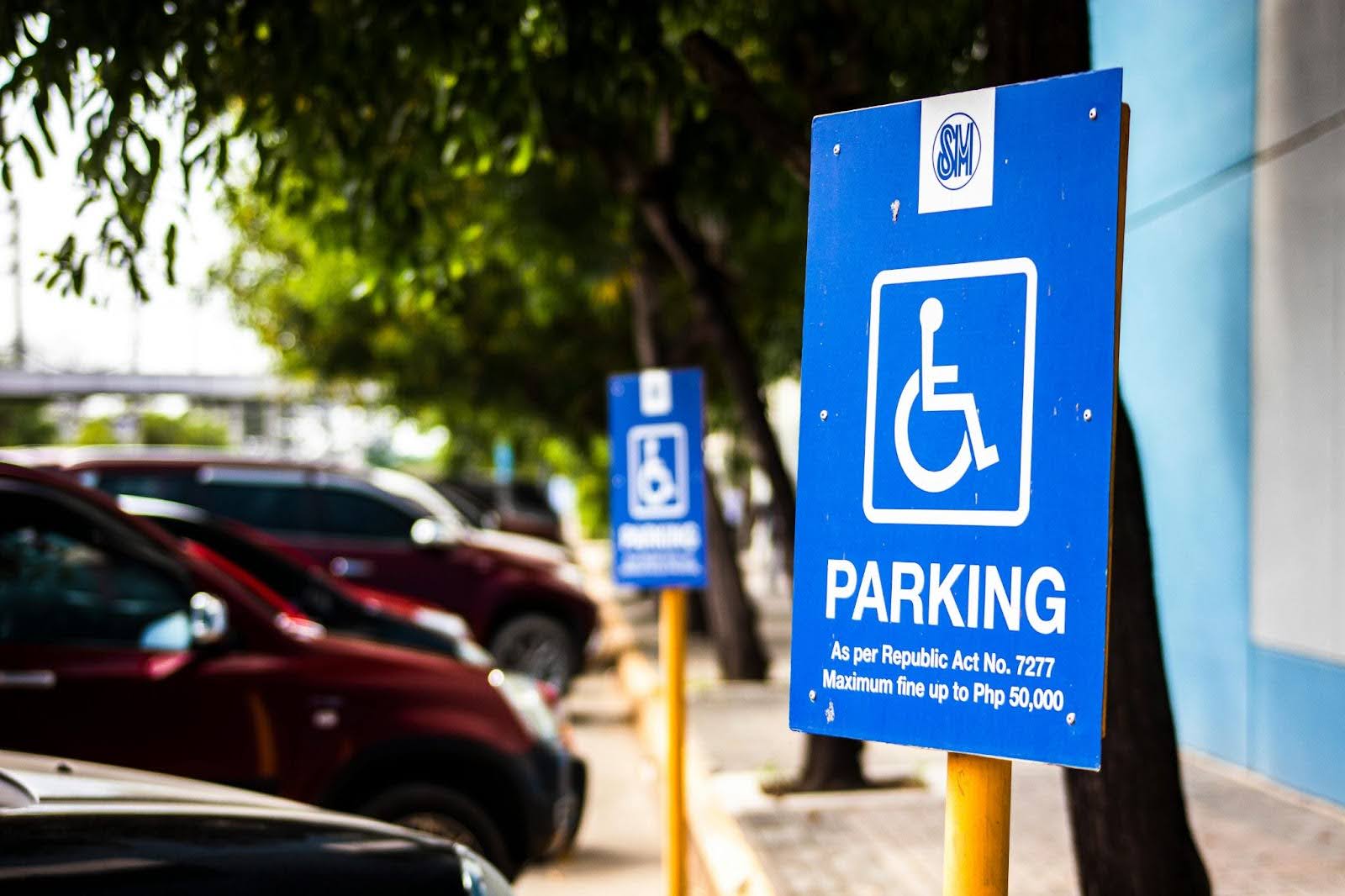For many Californians, living an independent life is much more challenging without the ability to drive a vehicle. Although the state’s Self-Determination Program provides transportation services in many situations where participants are unable to access public transportation, those who are able to drive adapted cars may need to do so if the adaptations are cost-effective relative to the alternatives.
You might be familiar with wheelchair lifts and other modifications that are typically more visible to other drivers, but that only scratches the surface for drivers with disabilities. We’ll cover some of these adaptations below and explain how the SDP can help ease the associated financial burdens.
Examples of Vehicle Modifications for People with Disabilities
Many vehicle adaptations for drivers with disabilities, if not most of them, are physically situated inside cars so that other drivers may not even notice them. That’s how advanced adaptive driving technology has gotten in the past few decades. To that end, some examples of vehicle modifications that have made driving more accessible for people with disabilities include:
- Wheelchair lifts, swivel seats, and other physical modifications to help those who use wheelchairs get in and out of cars;
- Grab bars, handrails, loose straps, and other implements to offer people with limited use of their legs the ability to hoist themselves up onto a seat;
- Instruments to open door handles or start the vehicle in less challenging ways;
- Handheld devices with buttons or other features that take the place of gas or brake pedals (some of these devices may be attached to the steering wheel);
- Reconfigured pedals, i.e., a gas pedal to the left of the brake instead of the right; and
- Widened or reconfigured doors.
That is not an exhaustive list. Companies in the business of vehicle modifications are constantly upgrading and innovating existing technology. If you see something that might be of use, feel free to bring it up to someone involved with the administration of your SDP services.
SDP Constraints on Vehicle Modifications for Drivers with Disabilities
Unfortunately, the SDP will only pay for adaptations on vehicles owned by participants or participants’ immediate family members. Your cousin’s or friend’s cars are not eligible for SDP reimbursement, as useful as that might be for you.
The SDP imposes two other major requirements for reimbursement-eligible vehicle modifications. One is that modifications must be in the participants' individual program plan (IPP) and approved by a physical or occupational therapist in a vehicle modification assessment.
The second requirement is that modifications be installed by an authorized dealer of the manufacturer. When it comes to maintenance or repairs, participants should also seek authorized dealers whenever possible.
If You Long to Hit the Open Road, NeuroNav is Here to Help
Being able to drive to work, school, the store, or social engagements is profoundly liberating for many individuals with disabilities. Through person-centered planning, the California SDP aims to help people live as independently as their circumstances allow. Most importantly, participants are encouraged to do everything within the program to achieve their goals.
Knowing how to maximize the money available in your individual budget and IPP is a vital skill for SDP independent facilitators. Through experience, knowledge, and continued advocacy, the NeuroNav team is proud to help guide Californians through the SDP. You can pay for 100 percent of our services with funds from your individual budget.
You deserve to live life on your terms, and NeuroNav would be honored to help you get there. Get in touch with our caring team today by signing up for your free consultation.




